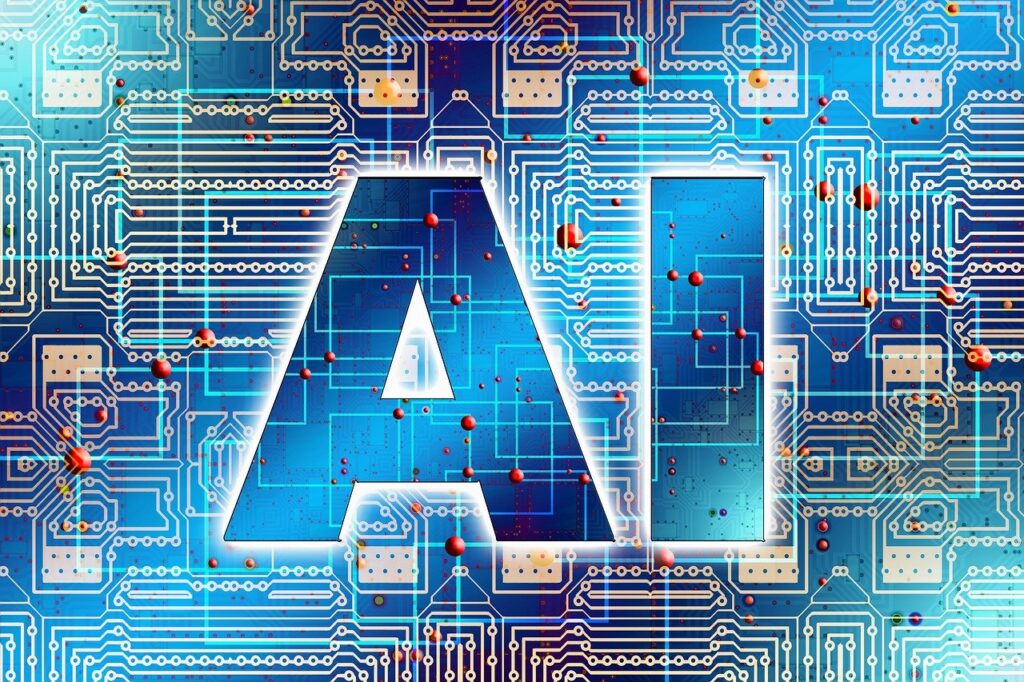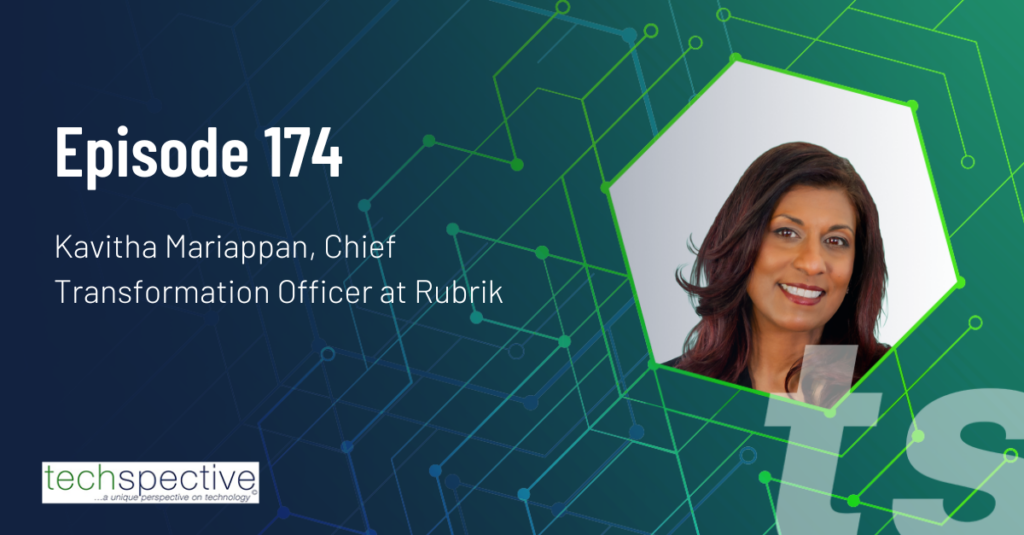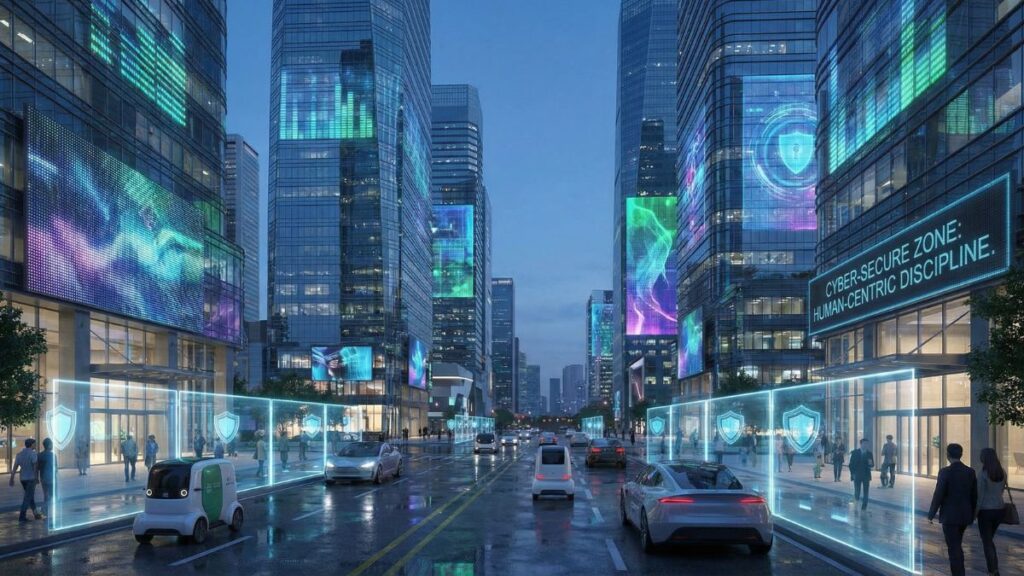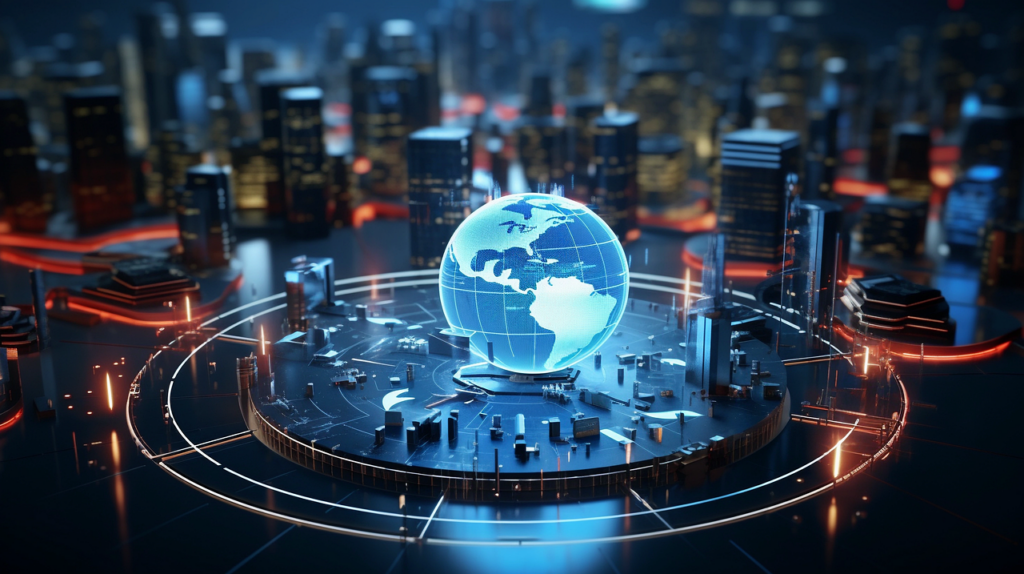NVIDIA had another big event at CES this year that featured CEO Jensen Huang’s keynote address. There were a lot of amazing things in Huang’s keynote address, but one thing really caught my attention and that was NeMo, an offering that helps onboard AIs for company use. What fascinated me was that the elements that Huang described about NeMo are a variety of digital libraries that train AIs how to interact with others, understand culture, and understand the limitations of language and comprehension, all of which assure that a new AI can seamlessly integrate with the company implementing it.
What is ironic is that HR rarely does any of this, particularly with regard to remote human employees. In effect, with NeMo, companies will be doing a far better job of onboarding AIs than they likely have ever done with real people. I’m not suggesting that you avoid NeMo because of that, but maybe take the elements in NeMo and AI and use it to better onboard your new employees, particularly the remote employees.
Let’s talk about that this week because we are increasingly using advancements to help AIs do better jobs better than people and not doing enough to use technology to improve human employee integration which, I think, will lead to human employees being increasingly unable to compete with their AI counterparts.
People vs. AI
Back in the 1970s, when I was doing undergraduate work for my second degree, which was focused on Manpower Management, my career path was disrupted when it was discovered that using science to select employees for hiring and promotion was discriminatory. The reason for this was that most minorities were being denied the education that was needed to be competitive, so they were disadvantaged in the testing. Rather than fix the education problem, the U.S. government launched the EEOC (Equal Employment Opportunity Commission). This effort tried to force diversity without correcting the underlying educational problem and largely outlawed Manpower Management because it seemed discriminatory.
It’s fascinating to me that AI doesn’t (yet) have any kind of discrimination problem; we have offerings like NeMo that use technology to integrate AIs into the companies they will serve. The approach to selecting an AI is solely focused on its capabilities. There may be some discrimination based on the company that created the AI depending on where that company resides or the perception of that firm’s brand, but since these things aren’t people, we don’t feel the need to overcome that kind of discrimination, so we programmatically select the AI and assure its training without any concern for discrimination.
This is what we should be doing with employees: select them based on their capabilities and then ensure they are fully capable of integrating with the people they will be working with. NVIDIA spoke about physical AI and tools like Cosmos that train robots to interact better with other robots and the people around them. This could result in robots that are getting far better training and far better integration efforts than humans.
Robots already have huge potential advantages over their human counterparts because they can generally work longer, harder, and in areas that would harm or potentially kill humans. They are stronger, never get sick, and can be more easily repaired than people.
Wrapping Up: We Need a NeMo and Cosmos for People
I’m not disparaging what NVIDIA is doing. What I’m suggesting is that we adopt the same training concepts and adapt them to train and onboard human employees. There is little doubt that eventually AIs and robotics will replace most of the jobs that are currently done by people, but this trend can be far more manageable and be spread over a longer period of time if we also work to improve the tools we use to train, retrain, select and onboard human employees. There is no reason to favor AIs and robots so obviously over people. Technology can be used to improve both. A future where AIs, robots, and people are all employed optimally would be a better world than what we have now or what we’ll likely end up with if humans prematurely become obsolete.
Like what should have been done back in the 1970s in order to assure everyone had the same training opportunities regardless of minority status, we need to work to assure humans don’t become the new underprivileged minority by applying similar learnings to training people that we are using on AI. If we don’t, we’ll obsolesce ourselves prematurely.
So, while I applaud what NVIDIA has done with NeMo and Cosmos, we also need to make similar efforts to better assure humans can remain competitive with their AI and robotic counterparts (like this one for doctors) and spread out the transition so we’ll have time to figure out what roles humans should play in our AI and robotic future.
- A Legacy of Defense: Why HP Stands Alone - December 19, 2025
- Plumbing the AI Revolution: Lenovo’s Strategic Pivot to Modernize the Enterprise Backbone - December 17, 2025
- The Breaking of the Monolith: How HPE and AMD Are Rewriting the AI Script - December 11, 2025



